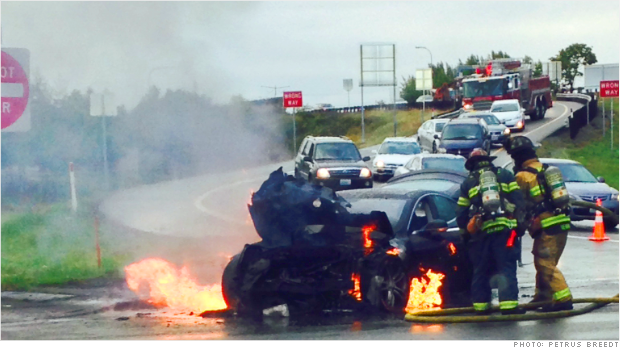The short answer is not really. They have a new firmware which is suppose to put the car to deep sleep and reduce vampire loss by more than 1/2 . But it is still in beta, and I talked to a service guys and he couldn't tell when it will be available generally

It is actually a source of some annoyance on my part. I sized my solar system based on several assumption and instead of have a $17 bill I am seeing $50 and $60.
The EPA estimate is based on roughly 280 watts/mile. On my rare 20+ mile trips to the other end of the island at 65 MPH I am actually getting that type of efficiency.
However in my case I take short trips 5 miles or so and all of my trips start at 1100' end up at sea level and then go back up the steep hill. So I am actually get 350 watts/mile. To be fair I recover about 1/2 the energy going down hilll which an ICE doesn't do. It is conceivable that upon a rare occasion I may accelerate in an energy inefficient manner

Still I am only driving 600 miles/month 20/day. In examining my solar logs it is pretty clear that Vampire loss is real (8-10 miles/day = ~3KWH) At $.35 Khw that is $1 a day not the end of the world. One guy on the forums was saying he was see 470 watt/mile from plug to wheel, certainly no where to close the 90 MPGe.
Other than that car is still a joy to drive. It attracts a crowd even though they are getting common place in Hawaii ~150 in Oahu. I simply love having the internet everywhere, where is the nearest xyz store, location pops on the screen and you click call to find if they have what you need.
Plus while I am complaining about how long the next upgrade is taking the cool thing is I don't need to visit a dealer to get it.

